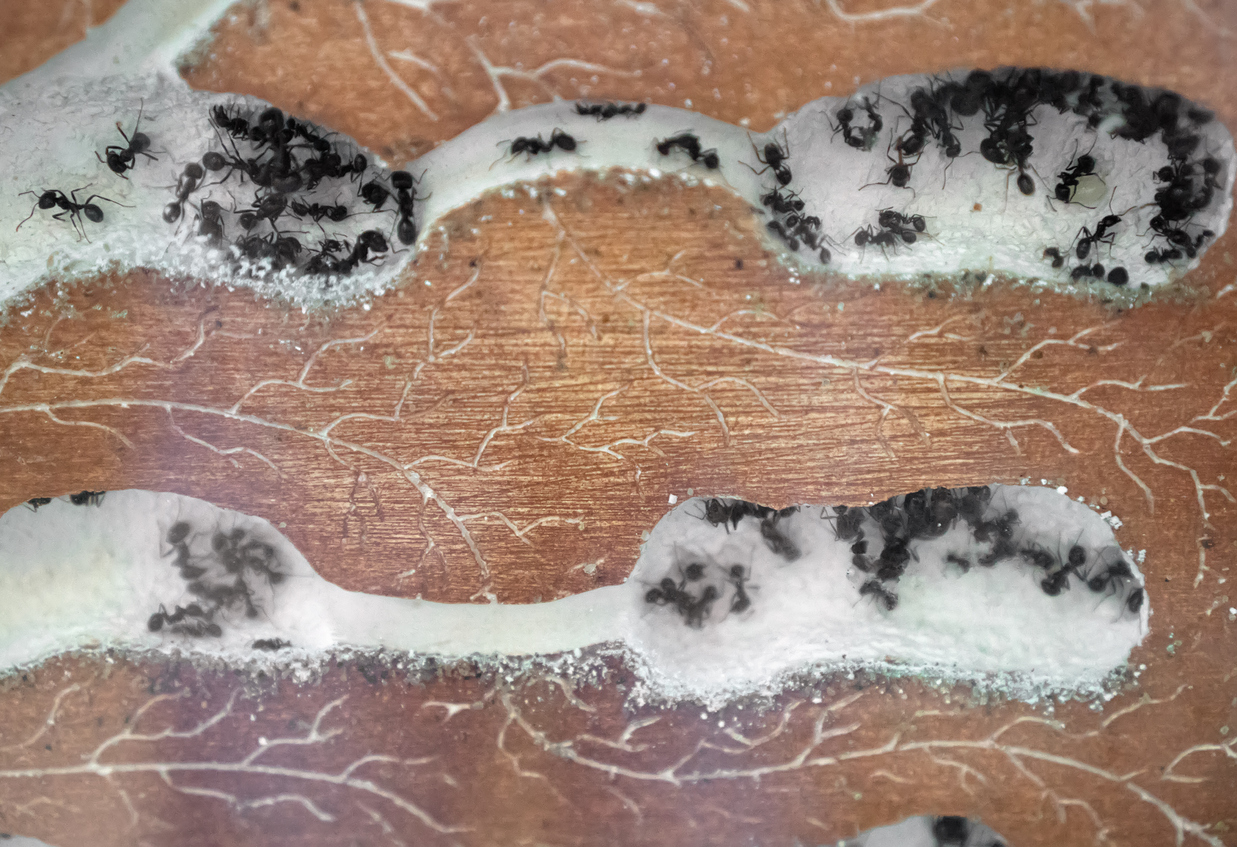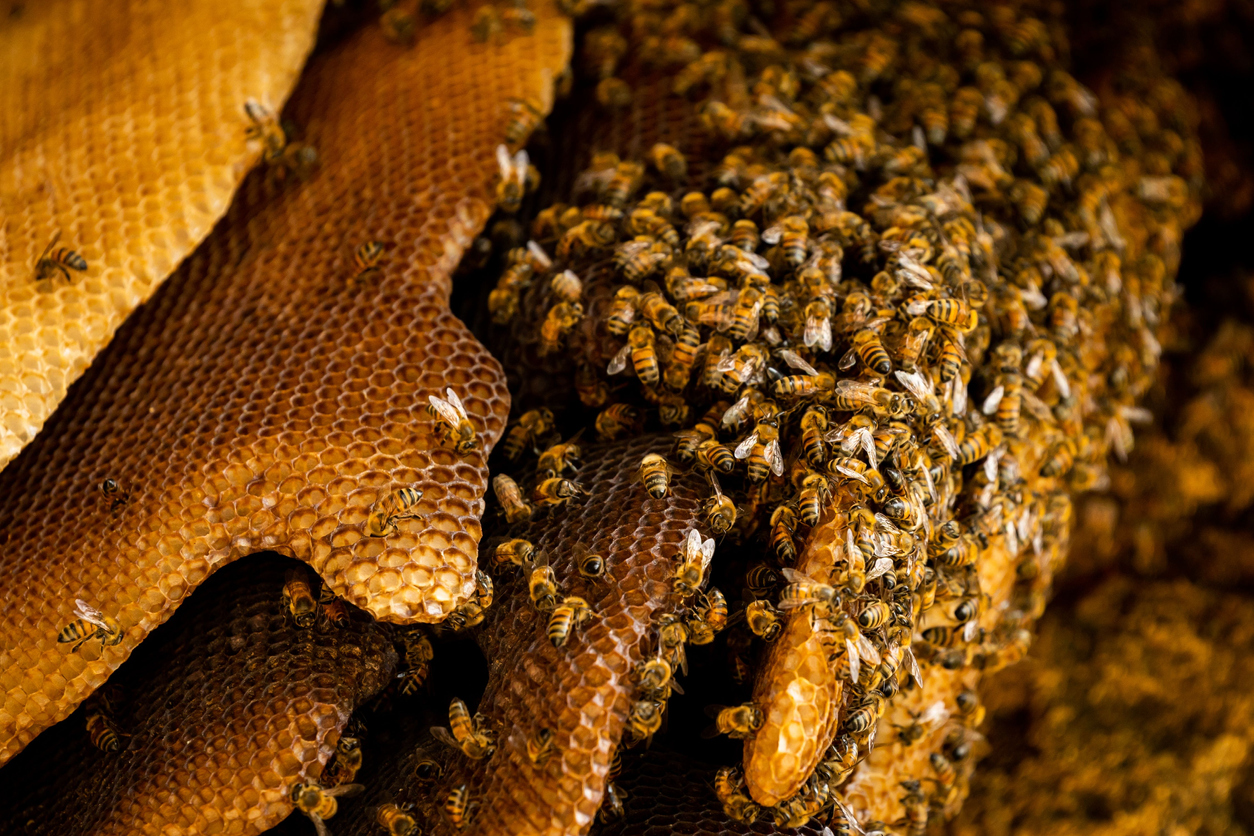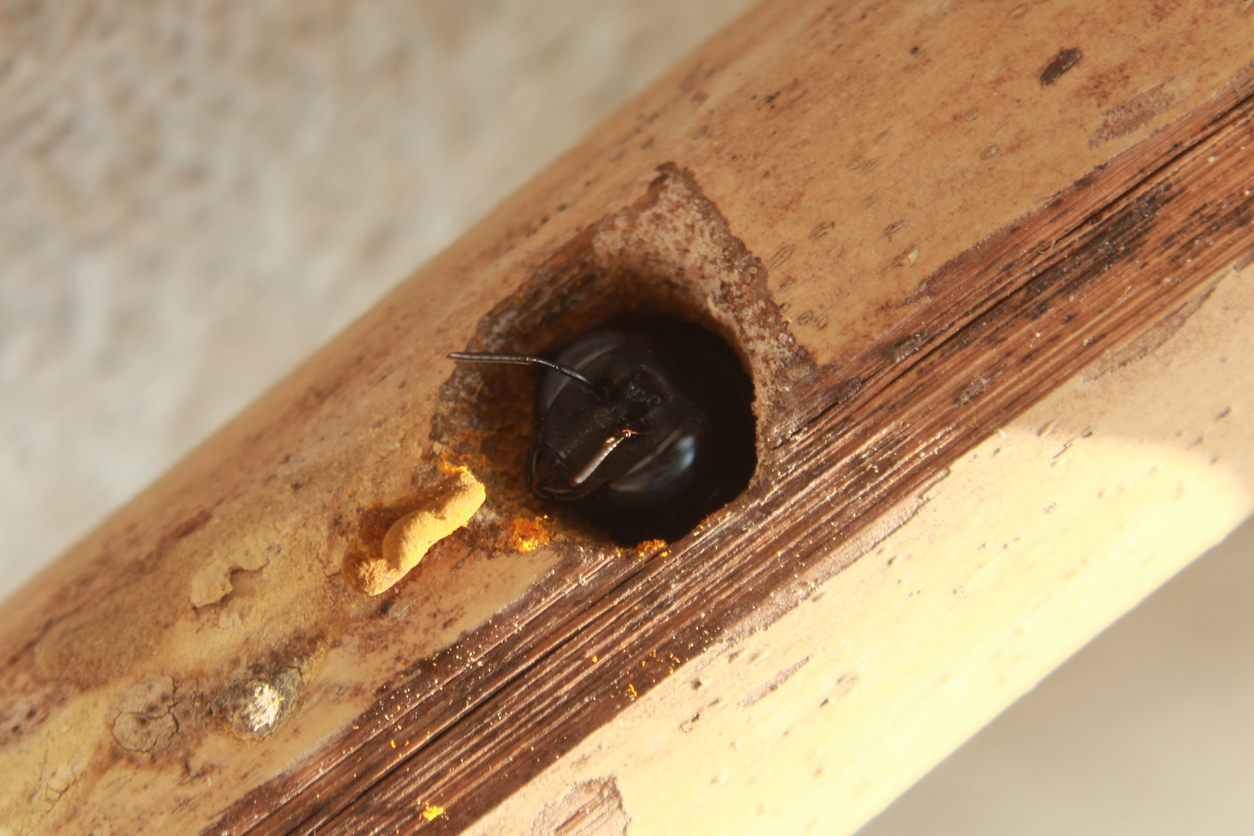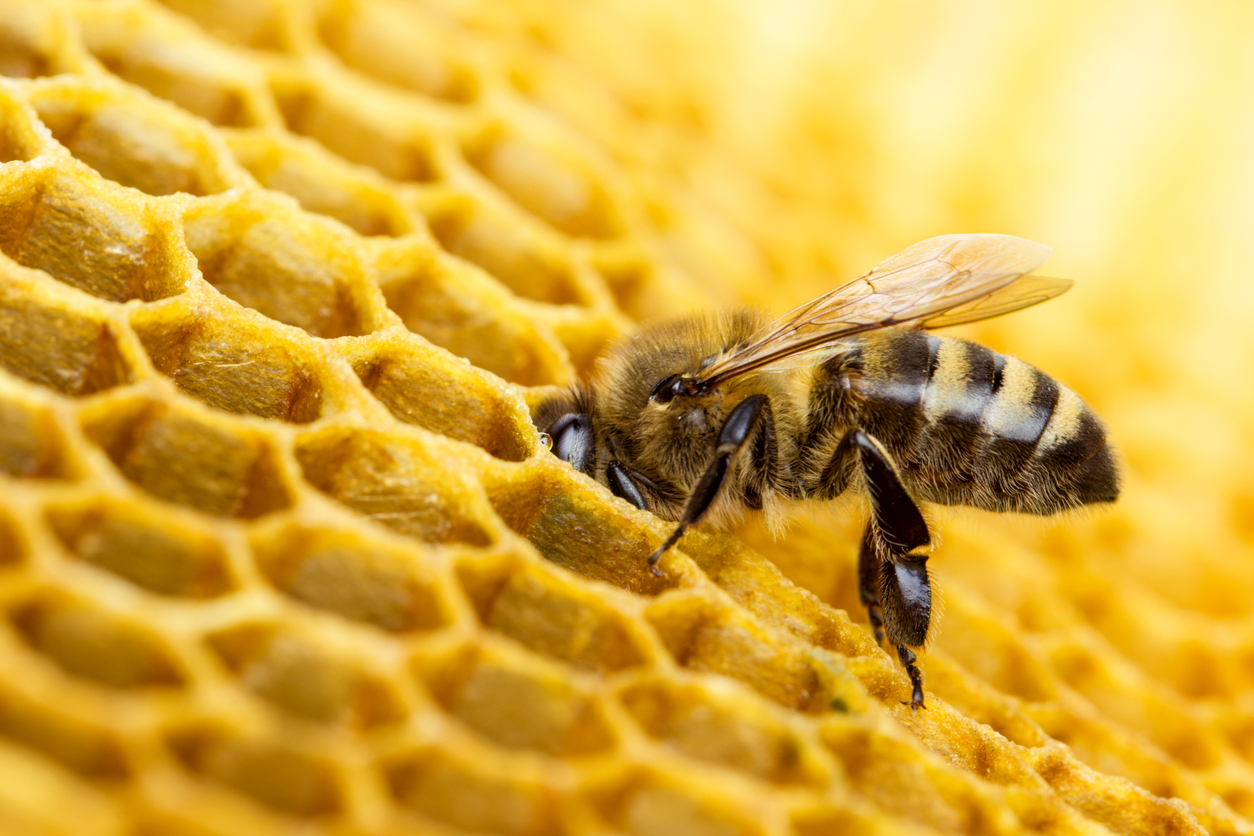Insect Architects: 5 Amazing Nests Pests Can Build
Long before humans were building houses, insects and rodents were creating towering skyscrapers and cozy abodes. When you take these critters’ size into consideration, you might even say their architectural feats are more impressive than ours.
Check out these homes that pests are able to create — you’ll be left wondering why they like to live in yours.

Ant Colonies
Beneath your feet, ants are busy at work creating entire underground cities. These sprawling metropolises are made of chambers connected by a complex tunnel system. Just like the rooms in your house, each chamber serves a different purpose. Ants will use one to store their food like a kitchen, and another will act as a nursery where they raise their young.
While you’re not likely to see the colonies these insect urban planners build, there are a few ways to tell if one is in your yard. As impressive as ant colonies are, on the surface, they just look like a pile of dirt. If you see a small hill with a hole, there’s a good chance that ants are living underneath it. Large numbers of ants walking in a line in or around your home is another telltale sign that a colony is nearby.
To get rid of an ant colony in your yard, place bait traps in areas where you’ve seen ants. Worker ants will find the bait and bring it back into their home, eliminating the colony.

Termite Mounds
When you picture a skyscraper, it’s probably made of metal. In nature, termites build them with clay, saliva, and feces.
Perhaps the tallest nest in the world, termites are capable of creating mounds over 20 feet high. At this size, over one million termites can call a single mound home. While you’d have a hard time getting through its walls without a hammer or drill, these structures are actually filled with tiny holes that regulate temperature, allowing termites to live in them year-round.
Thankfully, mound-building termites don’t live in North America, but their moundless cousins have learned a few tricks from them. When termites get into a home, they’ll create mud tubes made of wood, soil, and saliva to travel throughout the house. If you suspect termites in your home, be on the lookout for these termite highways.

Beehives
When you think of structures made by insects, you probably think of a beehive. While their honeycomb pattern is iconic, have you ever wondered why bees always create hexagon-shaped cells?
This design serves two purposes. On one hand, it’s the most efficient shape to use. Circles would leave gaps between the cells, and even though squares and triangles have fewer sides, they actually would require more resources to build. The hexagon shape also maximizes the amount of honey each cell can hold.
Bees tend to build their hive in a covered location, like up a tree or in an attic, so an active one can be hard to spot. A hive is also usually covered in hundreds or even thousands of bees, so be on the lookout for increased bee activity rather than the hive itself. If you do have a beehive that you’d like removed, give a beekeeper a buzz.

Carpenter Bee Tunnels
Nature’s master woodworkers, carpenter bees destroy just as much as they create. With building habits more similar to ants than honey bees, these unique insects carve tunnels inside wooden structures.
Carpenter bees start this process by drilling perfectly round holes into the end of deck boards or railings. Once inside, they’ll use their strong jaws to create tunnels up to several feet long. They also carve out chambers to store pollen and lay eggs.
Despite their appetite for wood, carpenter bees don’t actually eat it. Instead, they spit out sawdust-like particles as they excavate. Carpenter bees usually don’t pose a structural threat to your home, but they can weaken wood over time as they carve more tunnels. If you find round entry holes with tiny sawdust piles around them, there may be carpenter bees hard at work.

Mouse Nests
Mice may not build clay towers or underground tunnels, but for what they lack in creativity, they make up for in versatility.
From paper to cloth to insulation, mice can build a nest with just about any material. They’re pros at building cozy environments, and they also know how to hide them well. They tend to pick dark, quiet places, making your garage, basement, or attic the perfect spot to call home.
Because their nests are usually out of the way, you’re more likely to see signs of a mouse when they’re on the move in your home. Droppings, chewed wires, wood, and tiny piles of shredded materials are all indicators that you may have a mouse nest nearby. To get rid of mice, place traps in areas where you’ve seen mouse activity and in the parts of your home where they’re most likely to hide.
Need a Hand? Give Nader's a Call.
Admire these critter creations, but wish they didn’t construct inside your home or yard? Give us a call for a quick and efficient removal.







 YouTube
YouTube Facebook
Facebook Twitter
Twitter